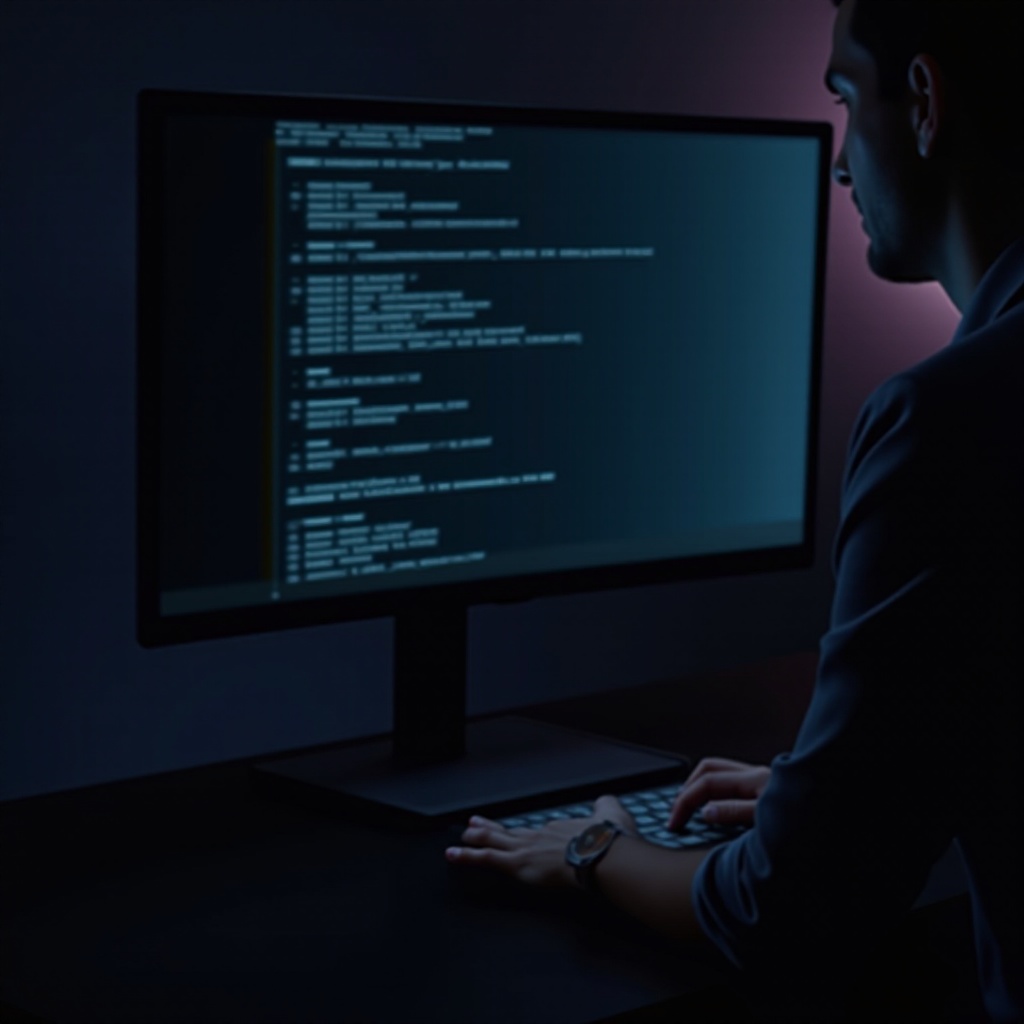Introduction
Command Prompt (CMD) offers powerful capabilities beyond simple tasks. Among its various functions, it allows you to restart your computer directly through the command line. This can be particularly useful when the graphical interface is unresponsive or to manage restarts more efficiently. In this guide, we provide detailed instructions on how to restart your computer using CMD, ensuring a seamless process.

What is Command Prompt?
CMD, or Command Prompt, is a command-line interpreter application within Windows. It provides a text-based interface to the operating system, enabling users to execute a range of commands directly.
– CMD serves as the gateway for executing batch files and system commands.
– It offers enhanced control over the system, useful for executing complex tasks.
By bypassing the graphical interface, CMD allows for tasks such as restarting the computer more swiftly under specific conditions.
Accessing CMD with Administrative Privileges
Before proceeding with a restart, ensure CMD is open in Administrator mode. This access is essential for executing system commands without restrictions.
Steps to Access CMD as Administrator:
1. Click the Start Menu.
2. Type ‘cmd’ in the search box.
3. Right-click ‘Command Prompt’ in the results.
4. Select ‘Run as Administrator.
Upon UAC prompt, confirm by clicking ‘Yes’. This privilege is required for shutdown or restart commands.
Restarting Your Computer Using CMD
Once Administrator access is set, restarting via CMD is straightforward. The shutdown command streamlines this process.
Process for a CMD Restart:
1. Type ‘shutdown /r’ in CMD and hit Enter.
– The ‘/r’ signifies a restart command.
This command ensures all applications close orderly to safeguard data.
Enhancing Restart Commands:
– Include a user alert with ‘shutdown /r /c “Your message here”‘.
– Schedule delayed restarts using ‘shutdown /r /t [seconds]’.
These adjustments allow customized restarts, assisting in user notices or scheduling needs.
Advanced CMD Restart Techniques
Beyond basic commands, CMD supports advanced techniques for refined system management, such as forced restarts or scheduling.
Force Restart Commands:
– Use ‘shutdown /r /f’ to force close applications that hinder shutdown.
This is pivotal when applications are unresponsive.
Scheduled Restart Commands:
– ‘shutdown /r /t 120’ schedules a restart two minutes later.
Scheduling facilitates planned system reboots without disrupting workflow.
Troubleshooting Common Issues
Despite CMD’s reliability, problems may emerge. Understanding common issues enhances CMD proficiency.
CMD Access Solutions:
– Verify that CMD is run with administrative rights if commands fail.
– If CMD doesn’t launch, review user permissions under system settings.
Execution Errors:
– Confirm command syntax is accurate.
– Check Event Viewer logs for detailed errors.
Understanding these resolutions aids in maintaining smooth CMD operations.

Best Practices for Using CMD Safely
Executing CMD commands safely ensures data security and system integrity.
Data Precautionary Measures:
– Always save open files and close applications before restarting.
– Notify users in shared environments before restarting systems.
Regular System Updates:
– Keep systems updated to ensure CMD functionality.
– Regularly apply updates and security patches.
Following these practices enhances system reliability and CMD task efficacy.

Conclusion
Restarting via CMD is efficient once you grasp its nuances. Following this guide will improve your proficiency, offering flexibility and control over system operations. Delve into CMD further to uncover more features that streamline tasks and enhance user experience.
Frequently Asked Questions
What if CMD doesn’t open on my computer?
Ensure you’re using an account with administrative privileges or consult your system administrator for assistance.
Can I restart a remote PC using CMD?
Yes, use the command ‘shutdown /r /m \RemotePCName’ to restart a remote machine if you have the necessary permissions.
Is it safe to use CMD for regular computer maintenance?
Absolutely. With proper knowledge and precautions, CMD can be a reliable tool for routine maintenance and administration tasks.
